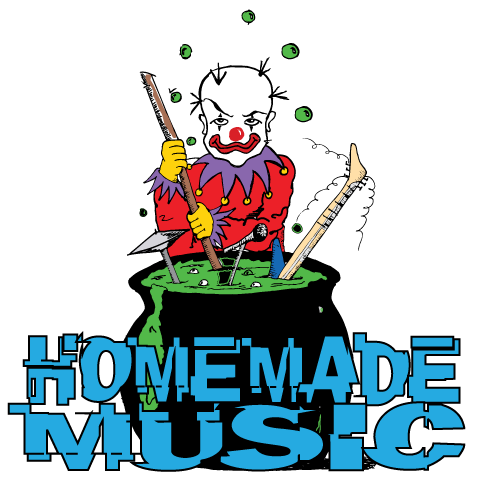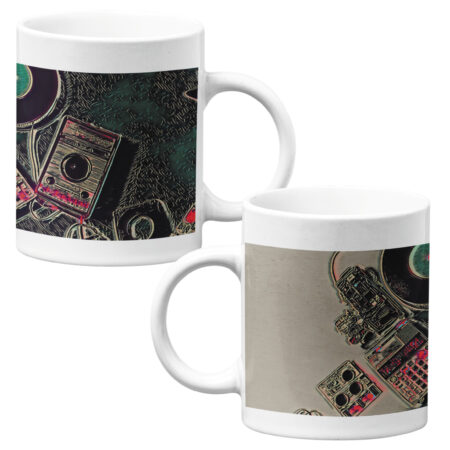Your cart is currently empty!
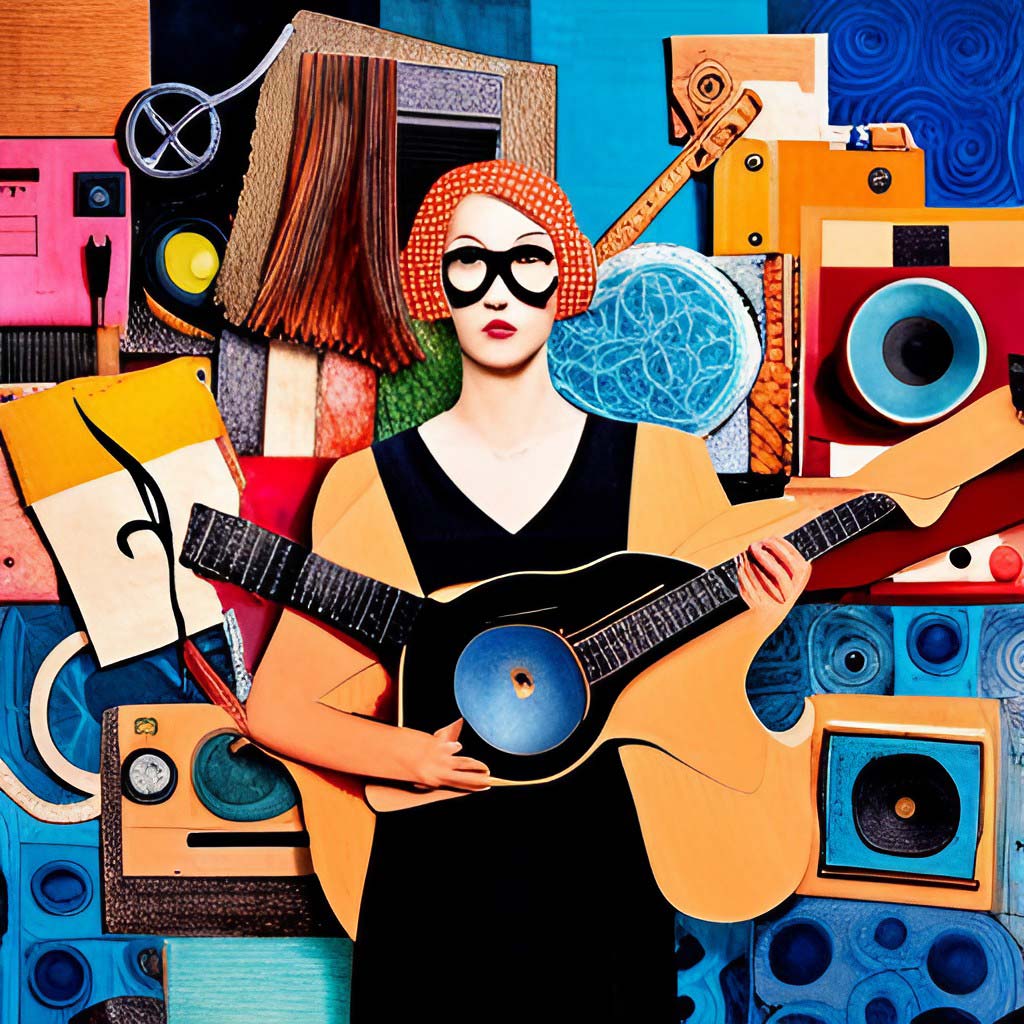
Exploring the DIY Culture: The Evolution and Influence of Homemade Music
The DIY music scene has always been a hotbed for creativity and innovation. The rise of homemade music, fueled by advancements in technology and the desire for self-expression, has changed the landscape of the music industry. This article will delve into the evolution of homemade music, the influences that have shaped it, and the impact it has on today’s music culture.
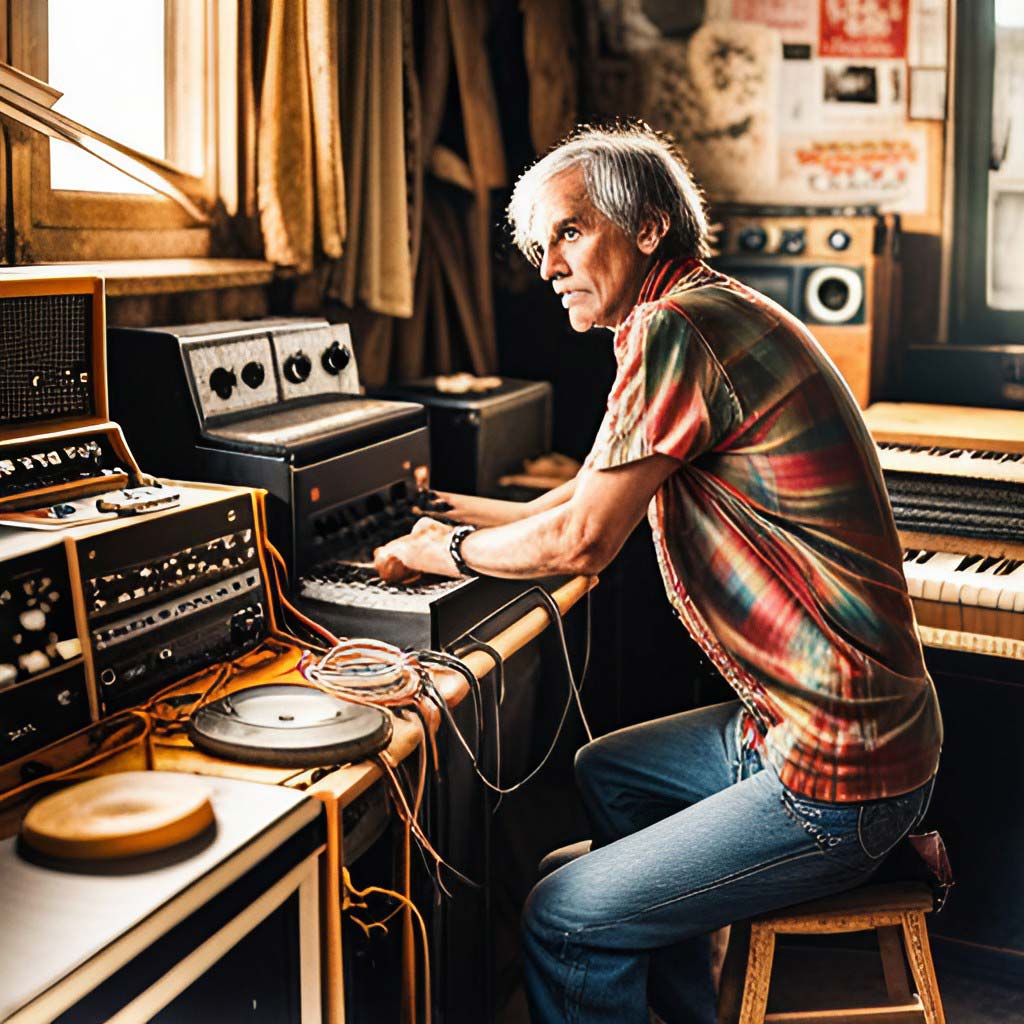
The Birth and Rise of Homemade Music
Homemade music, often called DIY (Do-It-Yourself) music, has its roots in the punk and indie cultures of the 1970s and 80s. These movements were all about rejecting mainstream, commercial music and creating something raw and authentic instead. The ethos was simple: if you couldn’t find the music you wanted to hear, you made it yourself.
This spirit of self-reliance and creativity gave rise to a vibrant underground music scene, with bands recording in basements and garages, producing their own albums, and distributing them through a network of independent record stores and mail-order catalogs. It was a world away from the slick production values and big marketing budgets of the major labels, but it was real, it was passionate, and it resonated with a lot of people.
Fast forward to the digital age, and homemade music is more prevalent than ever. Advances in technology have made it possible for anyone with a laptop and a bit of talent to record and produce high-quality music from their bedroom. The internet has also made it easier to distribute music and reach a global audience, bypassing the traditional gatekeepers of the music industry.
Today, the DIY ethos is alive and well, with a new generation of artists embracing the freedom and possibilities of homemade music. They’re not just making music; they’re building communities, challenging conventions, and reshaping the music industry in the process. This is the story of homemade music, a movement that continues to grow, evolve, and influence the way we think about music today.
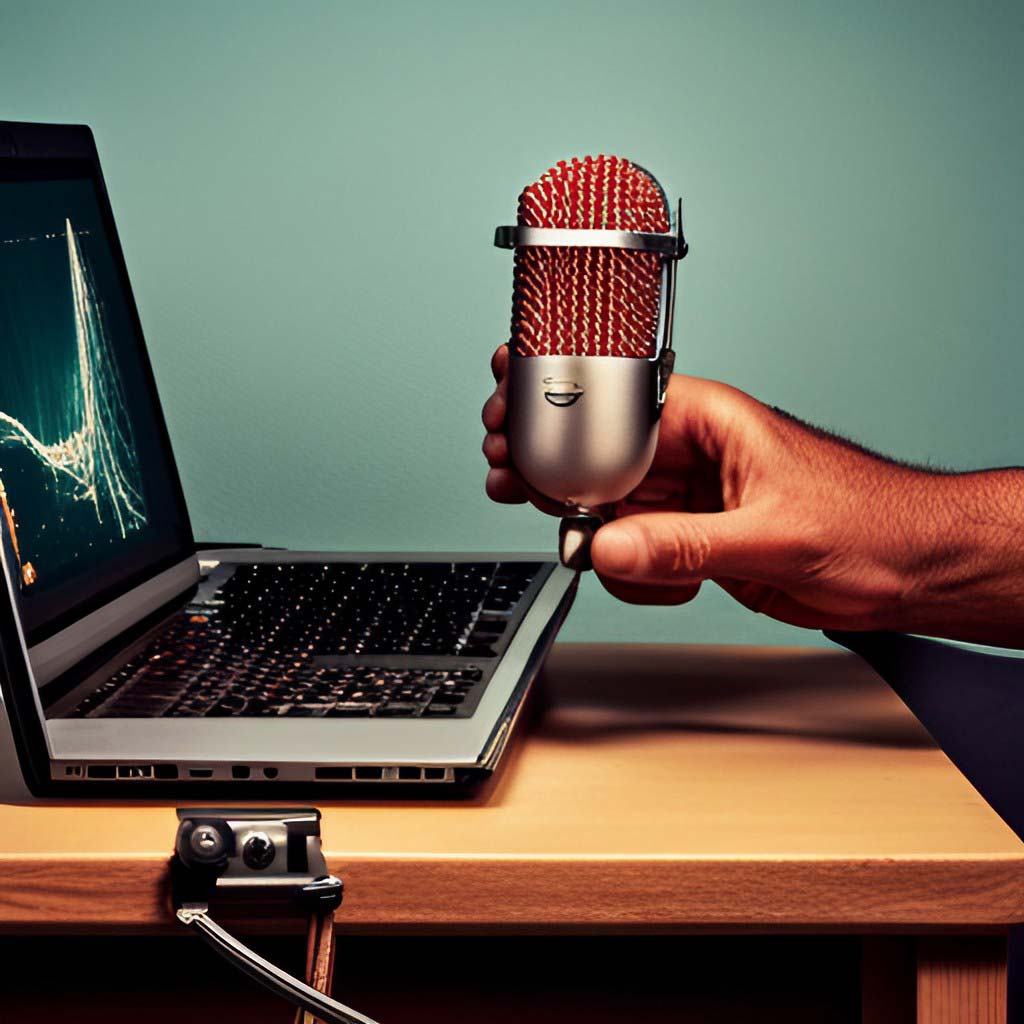
Technological Advances Fueling DIY Music
The technological evolution over the last few decades has significantly reduced the barriers to entry for aspiring musicians, making the creation of homemade music more accessible than ever. In the past, creating music required expensive studio time and professional recording equipment. But today, a laptop, a decent microphone, and some affordable (or even free) software are enough to get started.
Digital Audio Workstations (DAWs) like GarageBand, Ableton Live, and FL Studio have democratized music production, offering a suite of tools that allow anyone to record, edit, and mix tracks. These programs provide an array of virtual instruments, synthesizers, and effects, enabling artists to experiment with different sounds and styles without investing in expensive physical equipment.
Moreover, the rise of online platforms such as SoundCloud, Bandcamp, and YouTube has revolutionized the distribution of music. Artists can now share their creations with the world at the click of a button, bypassing traditional record labels and distributors.
Music education has also been transformed by technology. Online tutorials, webinars, and courses on platforms like Coursera and Udemy have made it possible for anyone to learn the basics of music theory, songwriting, and production from the comfort of their own home.
However, while technology has made it easier to create and distribute music, it has also increased competition. With millions of tracks being released every year, standing out from the crowd is a significant challenge. Despite this, the opportunities for self-expression and creativity offered by homemade music continue to attract a growing number of artists and listeners alike.
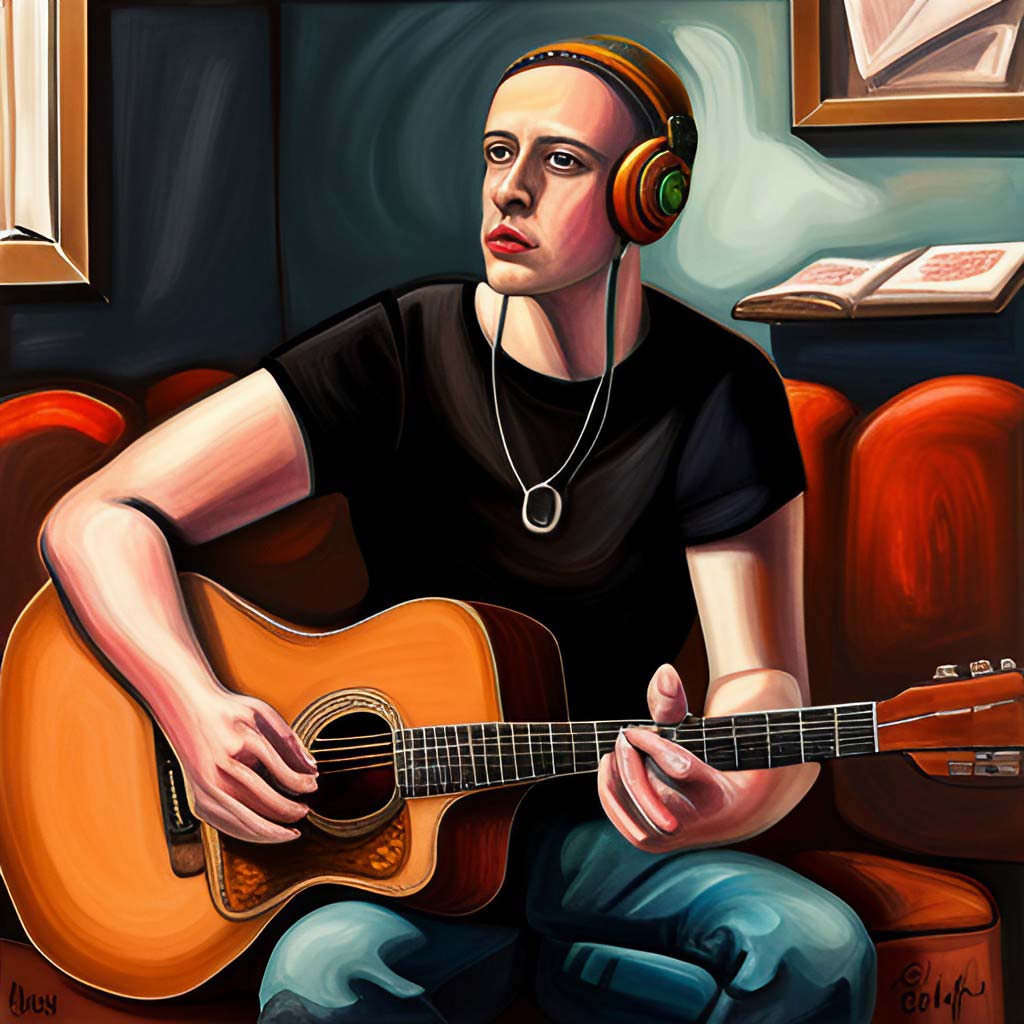
Influential Artists in the Homemade Music Scene
The homemade music scene has given rise to numerous artists who have used their DIY beginnings as a springboard to mainstream success. Their stories serve as inspiration for many aspiring musicians, showing that it’s possible to break through even without the backing of big record labels.
One such artist is Kane Brown, a country musician who started by posting covers of songs on social media. His homemade videos attracted millions of views, leading to a recording contract and several chart-topping hits. His journey from making music at home to becoming a platinum-selling artist embodies the possibilities of the DIY music culture.
Another notable figure is Billie Eilish, who, along with her brother Finneas, wrote and produced her debut album in their childhood home. The album, “When We All Fall Asleep, Where Do We Go?”, went on to win multiple Grammy awards, highlighting the potential of homemade music.
Jose Jacob Villagrana, better known as Cuco, is an indie pop artist who began his career producing music in his bedroom. Despite receiving offers from various record labels, he chose to remain independent, releasing his music on platforms like SoundCloud and Bandcamp. His success demonstrates that artists can retain creative control and still reach a wide audience.
These artists and many others have leveraged the power of technology, social media, and their unique voices to make an impact on the music industry. They are testament to the fact that homemade music is not just a niche, but a legitimate path to commercial success and critical acclaim.
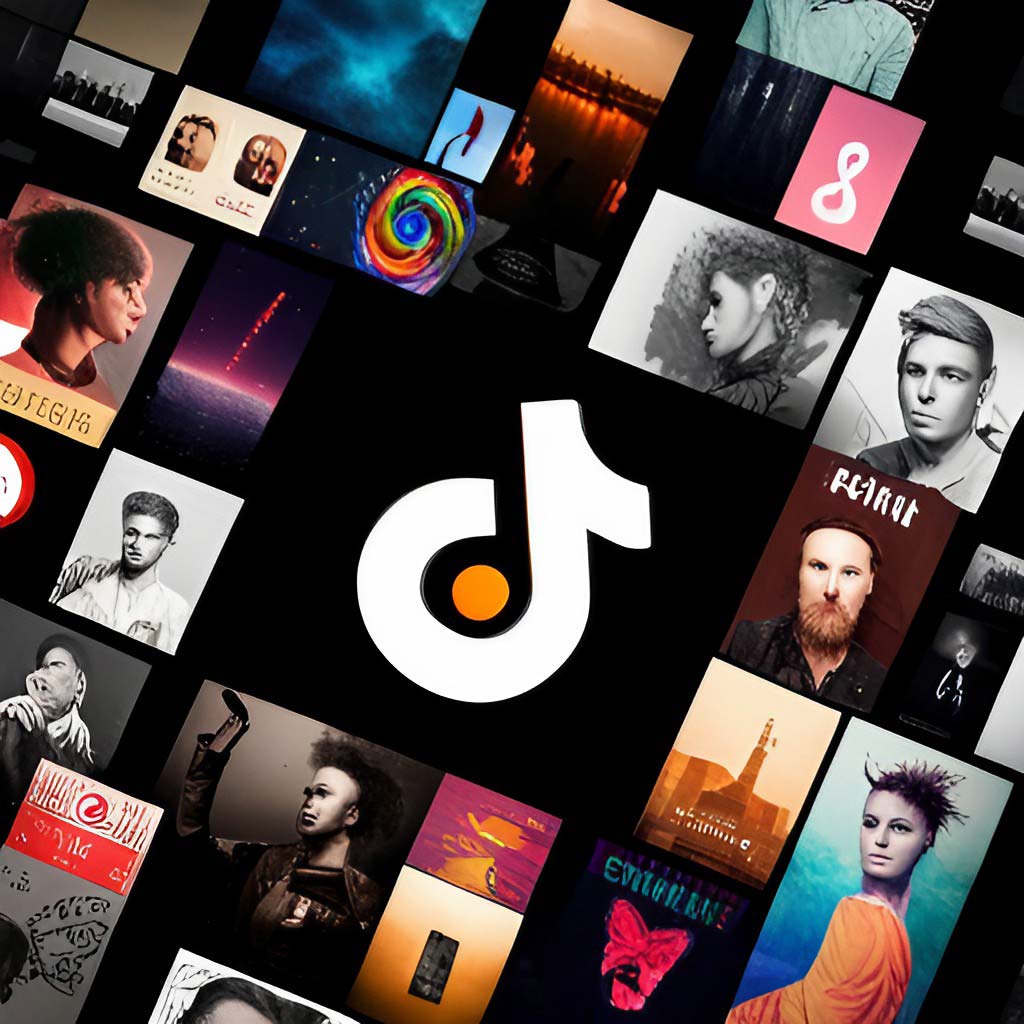
The Impact of Social Media on Homemade Music
Social media has proven to be a game-changer in the homemade music scene. Platforms such as TikTok, Bandcamp, Instagram, and Facebook have not only democratized music distribution but also fostered communities of artists and fans alike, significantly transforming the way homemade music is created, shared, and consumed.
TikTok, in particular, has emerged as a powerful platform for promoting homemade music. Its short-form video format allows artists to share snippets of their songs, often accompanied by creative visuals or dance routines. If a track catches on and becomes part of a viral trend, it can quickly reach millions of users around the world. Numerous songs have broken through on TikTok before achieving mainstream success, highlighting the platform’s potential as a launchpad for emerging artists.
Bandcamp is another vital player in the homemade music ecosystem. Unlike most streaming platforms, Bandcamp places a strong emphasis on supporting independent artists. It allows musicians to sell their music and merchandise directly to fans, with the majority of the revenue going straight to the artist. This model has made Bandcamp a favorite among DIY musicians and a hub for discovering unique, under-the-radar music.
Instagram and Facebook, while not music-specific platforms, also play a significant role in the homemade music scene. Artists use these platforms to share behind-the-scenes content, announce new releases, and engage with their fans. Live streaming features, such as Instagram Live and Facebook Live, have become popular tools for hosting virtual concerts, especially during the COVID-19 pandemic when in-person events were largely put on hold.
Moreover, social media platforms have facilitated the formation of online communities centered around homemade music. These communities provide a space for artists and fans to connect, collaborate, and share ideas. They also offer a sense of belonging and validation for many DIY musicians, who may otherwise feel isolated or overlooked in the traditional music industry.
In conclusion, social media has had a profound impact on homemade music. By providing a platform for independent artists to share their work and build a fanbase, social media has leveled the playing field and opened up new possibilities for DIY musicians. As social media continues to evolve, its influence on the homemade music scene is likely to grow even further.
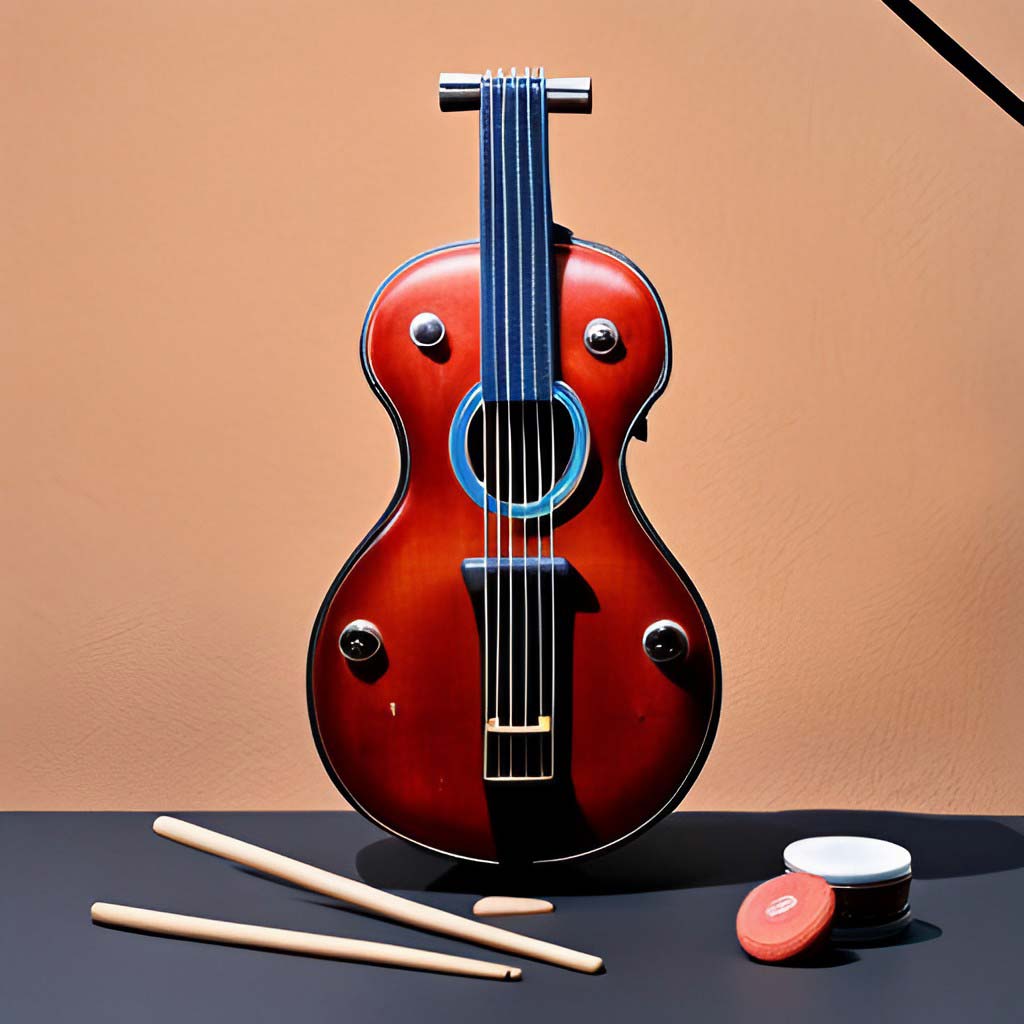
Homemade Instruments and Their Role in DIY Music
The role of homemade instruments in the DIY music scene is not only a testament to creativity but also a reflection of the spirit of resourcefulness that underpins this genre. These instruments, crafted from everyday items and materials, add unique textures and sounds that can’t be replicated by conventional instruments.
One of the popular homemade instruments is the Cardboard Guitar, a simple yet effective tool for creating acoustic sounds. Made from cardboard boxes and elastic bands, these guitars may not have the rich tones of their wooden counterparts, but they offer a unique timbre that can add a distinctive touch to a homemade track. (See Tiny Beans website).
Hand Drums, made from various materials such as pots, pans, or even sturdy containers, serve as the rhythmic backbone of many DIY compositions. They can be customized with different materials to produce a wide range of percussive sounds. (See Felt Magnet)
Homemade Harmonicas, typically crafted from popsicle sticks and paper, provide a whimsical, light-hearted element to music. Though their sound may not be as robust as a professional harmonica, they still add a fun and playful tone to any piece. (See Learning Lift Off)
Tambourines, Bongos, and Maracas can also be made at home using materials like cans, beads, and paper plates. These instruments add a rhythmic layer to the music, providing a steady beat or enhancing the overall groove. (See BBC Good Food)
Another fascinating instrument is the Can Drum, which uses empty cans as the drum body. The pitch and tone can vary depending on the size and material of the can, providing a wide array of sounds to experiment with.
Lastly, the world of DIY music would not be complete without homemade synthesizers and software apps. While they require more technical knowledge to create, they allow artists to explore a vast range of electronic sounds and effects. (See Reddit)
Homemade instruments play a crucial role in the DIY music scene by offering unique sounds and fostering creativity. They embody the ethos of making do with what’s available and turning ordinary objects into extraordinary musical tools.

The Future of Homemade Music
As we look towards the future, it’s clear that homemade music will continue to play a significant role in the music industry. The combination of technological advancements and changing listener habits is paving the way for more artists to create, distribute, and monetize their music independently.
In terms of technology, the trend towards more accessible and affordable music production equipment and software is likely to continue. We can expect to see further advances in DAWs, plug-ins, and virtual instruments, giving artists even more tools to create professional-quality music at home.
Artificial intelligence is also set to have a big impact on homemade music. AI-powered tools are already being used to assist with songwriting, composition, mixing, and mastering. As these technologies become more sophisticated, they could open up new possibilities for creativity and innovation.
Furthermore, the rise of music streaming platforms like Spotify and Apple Music has changed how people discover and consume music. For DIY musicians, these platforms offer an opportunity to reach a global audience without the need for a record deal. However, they also present challenges in terms of competition and royalty payments.
In response to these challenges, we’re starting to see new business models emerge in the music industry. For example, platforms like Patreon and Bandcamp allow artists to generate income directly from their fans, bypassing traditional intermediaries. This trend towards direct-to-fan monetization could empower more homemade musicians to make a living from their art.
Finally, as society continues to place a higher value on authenticity and individuality, the demand for unique, personal music that homemade artists provide is likely to grow. In a world where anyone can be a music producer, the artists who can connect with listeners on an emotional level will stand out.
The future of homemade music looks bright. With more tools and opportunities at their disposal than ever before, DIY musicians are poised to continue reshaping the music industry in exciting and unpredictable ways.
by
Tags:
Homemade Music is a blog by Briyan Frederick (aka Bryan Baker) of GAJOOB Zine. It’s been revamped a few times since its start in 1999. I mostly write and talk about recording for fun in my home studio.
Topics
- Blog (6)
- Business (3)
- Collaboration (1)
- Craft (3)
- DAWs (1)
- Effects (2)
- Gear (22)
- Homemade Instruments (1)
- Instrument Pages (9)
- iOS (2)
- link (1)
- News (4)
- Podcasting (1)
- Reviews and Interviews (2)
- Sampling (3)
- Soft Synths (6)
- Songwriting (1)
- Studios (1)
- Tracks (2)
- Uncategorized (1)
More From Briyan Frederick
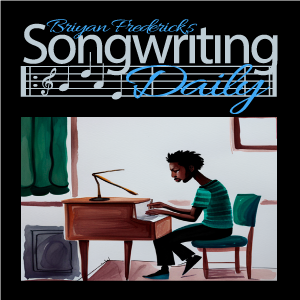

Briyan recommends the Zoom H8
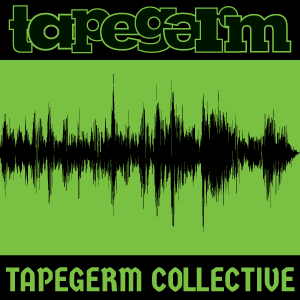
Fun Mugs
Homemade Music is an Amazon affiliate. We earn a small fee when you purchase products linked here and we are grateful for your support.
